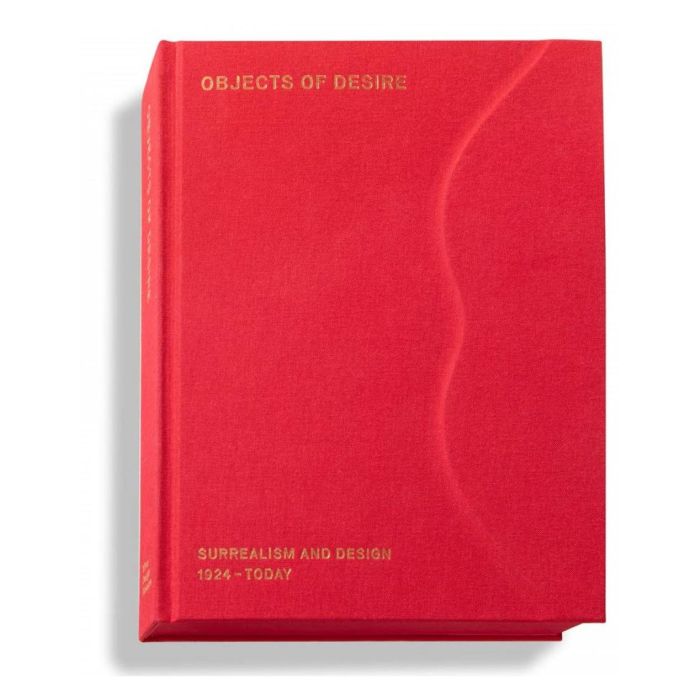My Cart
Your cart is empty
Looks like you haven't made your choice yet.
- Subtotal
Objects of Desire

Surrealism and Design 1924 – Today
- Vitra Design Museum (T&H)
- Expo: 28/09/2019 - 19/01/2020, Vitra Design Museum, Weil am Rhein
- by Mateo Kries & Tanja Cunz
More Information
| Publisher | Vitra Design Museum (T&H) |
|---|---|
| ISBN | 9783945852330 |
| Author(s) | Mateo Kries & Tanja Cunz |
| Publication date | October 2019 |
| Edition | Hardback |
| Dimensions | 241 x 178 mm |
| Pages | 380 |
| Language(s) | Eng. ed. |
| Exhibition | Vitra Design Museum, Weil am Rhein |
Description
Surrealism expanded our reality by drawing upon myths, dreams, and the subconscious as sources of artistic inspiration. Beginning in the 1930s, the movement made a crucial impact on design, and it continues to inspire designers to this day. »Objects of Desire: Surrealism and Design« is the first book to document this fascinating conversation. It includes numerous essays and a comprehensive selection of images which traces these reciprocal exchanges by juxtaposing exemplary artworks and design objects. Among the featured artists and designers are Gae Aulenti, Achille Castiglioni, Giorgio de Chirico, Le Corbusier, Salvador Dalí, Marcel Duchamp, ntoni Gaudí, Frederick Kiesler, René Magritte, Carlo Mollino, Meret Oppenheim, and many others. The book is rounded off with historical text material as well as short texts and statements by contemporary designers. This in- depth examination makes one thing abundantly clear: form does not always follow function ? it can also follow our obsessions, our fantasies, and our hidden desires.

Objects of Desire
